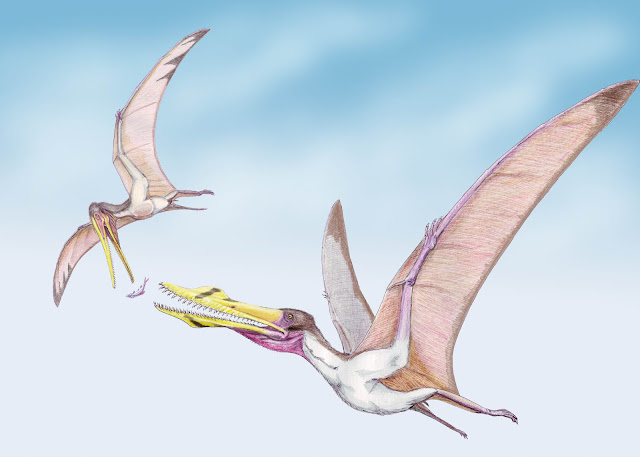Old Dinosaur Art

I love old dinosaur art. The kind that depicts them with their tales dragging. Growing up, this was what dinosaurs were. All the books, pictures, movies, even documentaries depicted them this way. These were dinosaurs for me. But in the 80's new research altered the way paleontologists portrayed dinosaurs and in the 90's with Jurassic Park the way dinosaurs were depicted changed forever. I always hated the way the new dinosaurs look. The horizontal Tyrannosaurus looks stupid. The upright one looks so much more elegant, menacing, and powerful. I won't debate the science since I'm not a scientist, but this is just a short post to show appreciation for the old-style dinosaurs. Triceratops. Brontosaurus. Ceratosaurus. Anchisaurus. Tylosaurs. For more old dinosaurs, check out these books: The Lost World: Movie Edition (kindle ebook) The Lost World: Movie Edition (paperback) Legends & Lore of Sea Monsters Sources: Fig 1. Page Attrib. Hutchinson, H. N., Public domain,

